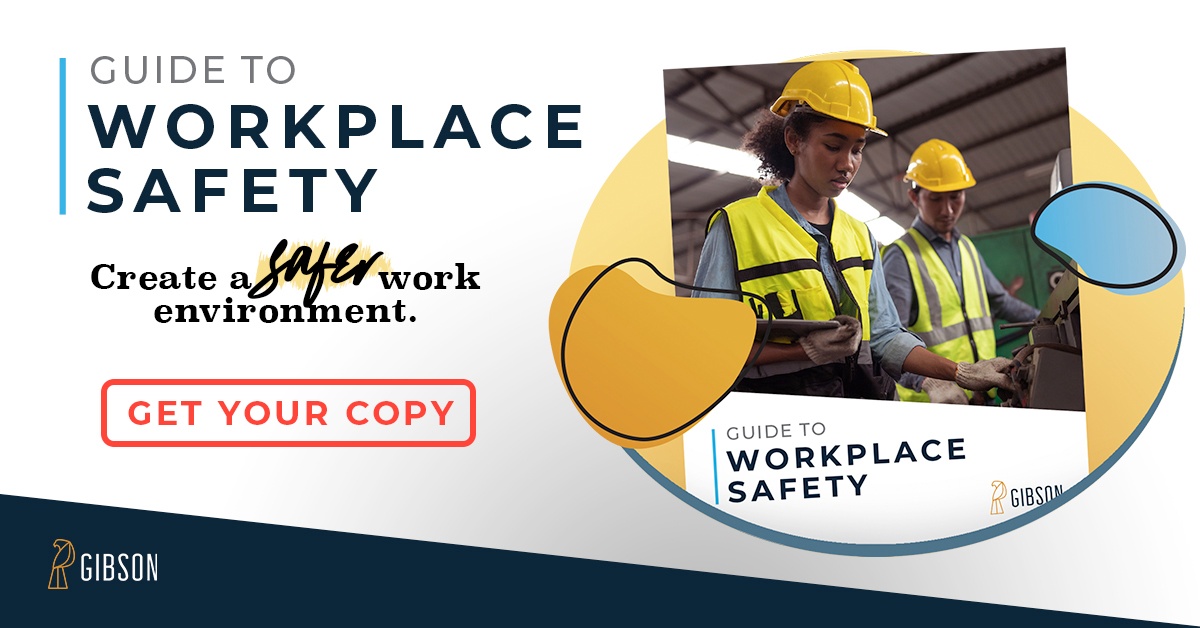 Most organizations employ at least one individual who is essential to the company’s success. This person may be a partner, owner, majority stockholder, or another individual who is crucial to the business. If this person unexpectedly leaves the organization – due to a death, disabling accident or an immediate resignation – it may be hard for the organization to survive without the person who makes the business run smoothly.
Most organizations employ at least one individual who is essential to the company’s success. This person may be a partner, owner, majority stockholder, or another individual who is crucial to the business. If this person unexpectedly leaves the organization – due to a death, disabling accident or an immediate resignation – it may be hard for the organization to survive without the person who makes the business run smoothly.
If your organization employs people who are vital to its success, key-person life insurance or key-person disability insurance can help protect your business. These insurance solutions can give your organization options other than immediate bankruptcy should you lose the key person or people without warning.
Who Needs Key-Person Life Or Disability Coverage?
Many organizations can benefit from key-person life or disability coverage, including those that have employees who would be extremely difficult, time-consuming or expensive to replace, such as central decision makers, chief executives, vital sales managers, or employees whose ideas have critical impact. You should consider this coverage if you:
- Employ highly skilled individuals with unique training
- Employ people with exclusive ties to key clients, such as sports stars
- Employ leaders with irreplaceable knowledge
- Would lose considerable business and profit without a certain employee
- Have narrow profit margins and would be financially distressed in the event of a key staff loss
- Need to protect their revenue stream from loss, such as hospitals protecting against the loss of a high-earning, respected surgeon
- Would be devastated if a high revenue-producing client (ex: actor, writer or other entertainer) died or became disabled and unable to perform
In the event a vital employee becomes disabled or deceased, these types of insurance provide the company with income checks to make up for financial loss or use for temporary or permanent replacement costs. Business owners purchase separate policies for each key employee at the company.
How Does Key-Person Disability Or Life Insurance Work?
- Employer purchases life or disability insurance on the key individual(s)
- Employer is the beneficiary of the insurance policy and applies for and owns the policy. If the key employee dies, the policy pays out to the employer.
- Tax-free dollars from the policy can be put towards finding, hiring, and training a replacement employee, compensation for lost business during the transition and/or financing timely business transactions
- Policy can be transferred to a departing key employee as a retirement benefit or to a different key individual, upon the retirement of the original key employee
- Can be used to buy out the key employee’s shares or interest in the company
- Premiums are based on several factors, including the key employee’s age, physical conditions and health history. The amount of coverage also affects the premium.
Key-Person Disability Insurance vs. Key-Person Life Insurance
When most business leaders think of purchasing key-person coverage, they turn to life insurance. However, industry leaders point out that the chance of losing a key person to disability is 17 times greater than losing a key person to death, and the costs of hiring a recruiter to replace the key person and training him or her for a short period of time could be much more higher than finding a permanent replacement.
Considerations Before Purchasing Key-Person Life Or Disability Insurance
- Estimate the value of your key employees. Think about the projects that would be lost without these people, the amount of sales generated by these people and costs associated with replacing them.
- Determine if this coverage is necessary, as credit insurance will cover outstanding loans and debts.
- Create a business continuation plan that outlines how your business will function if you lose key employees. This plan is vital, in addition to proper coverage.
Requirements And Coverage Options
To obtain key-person disability or life coverage, the individual must be a consenting employee and you must illustrate that the business would incur substantial financial loss without him or her. To qualify as a key person, most insurers require that the employee’s salary be in the top 20 percent of the company and that he or she makes a certain amount in salary. All key person policies are written specifically for the employee in question.
To learn about coverage options, limits and other plan details, contact us to talk to an advisor at Gibson.
Image credit: kzenon / 123RF Stock Photo





